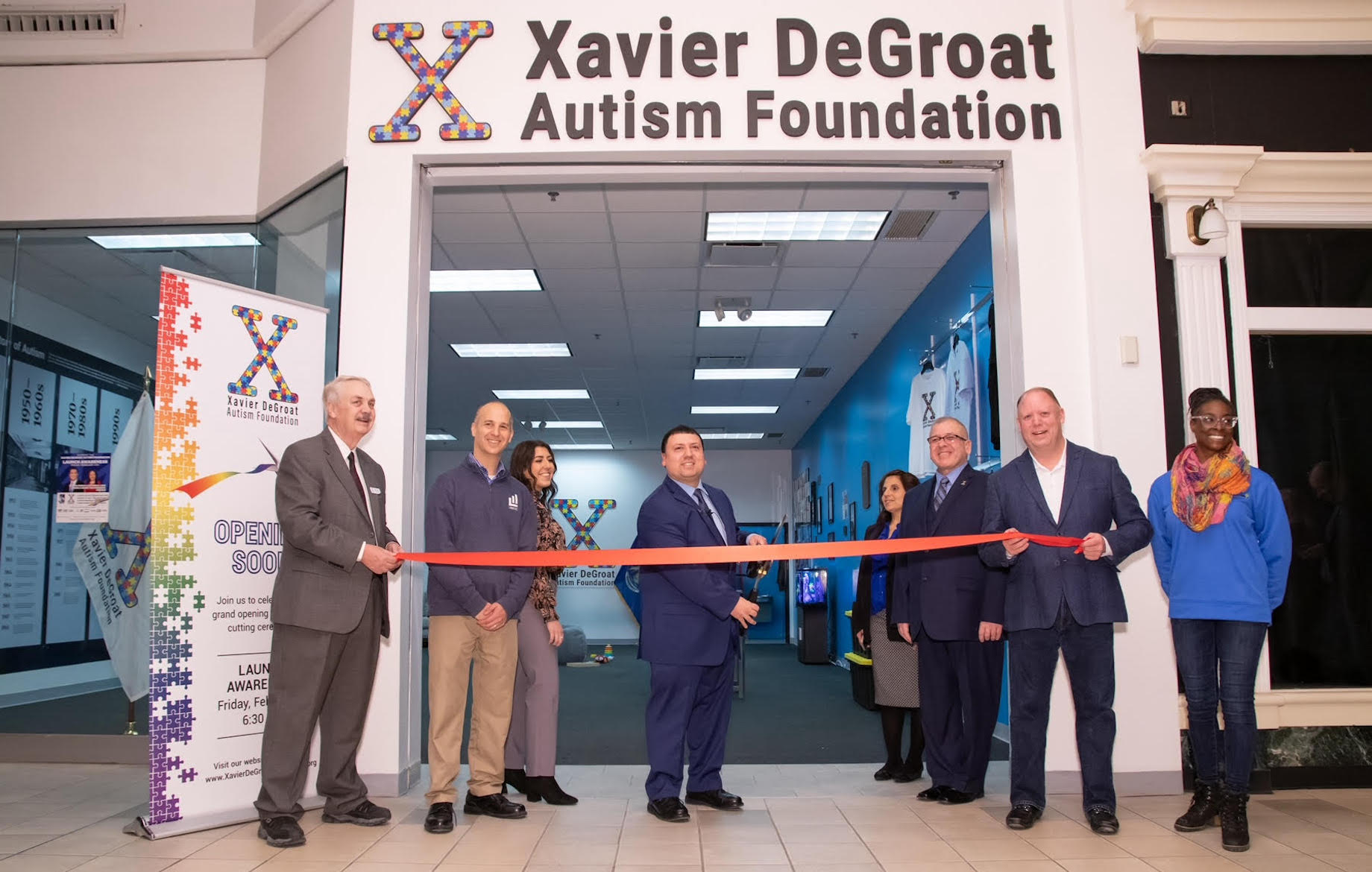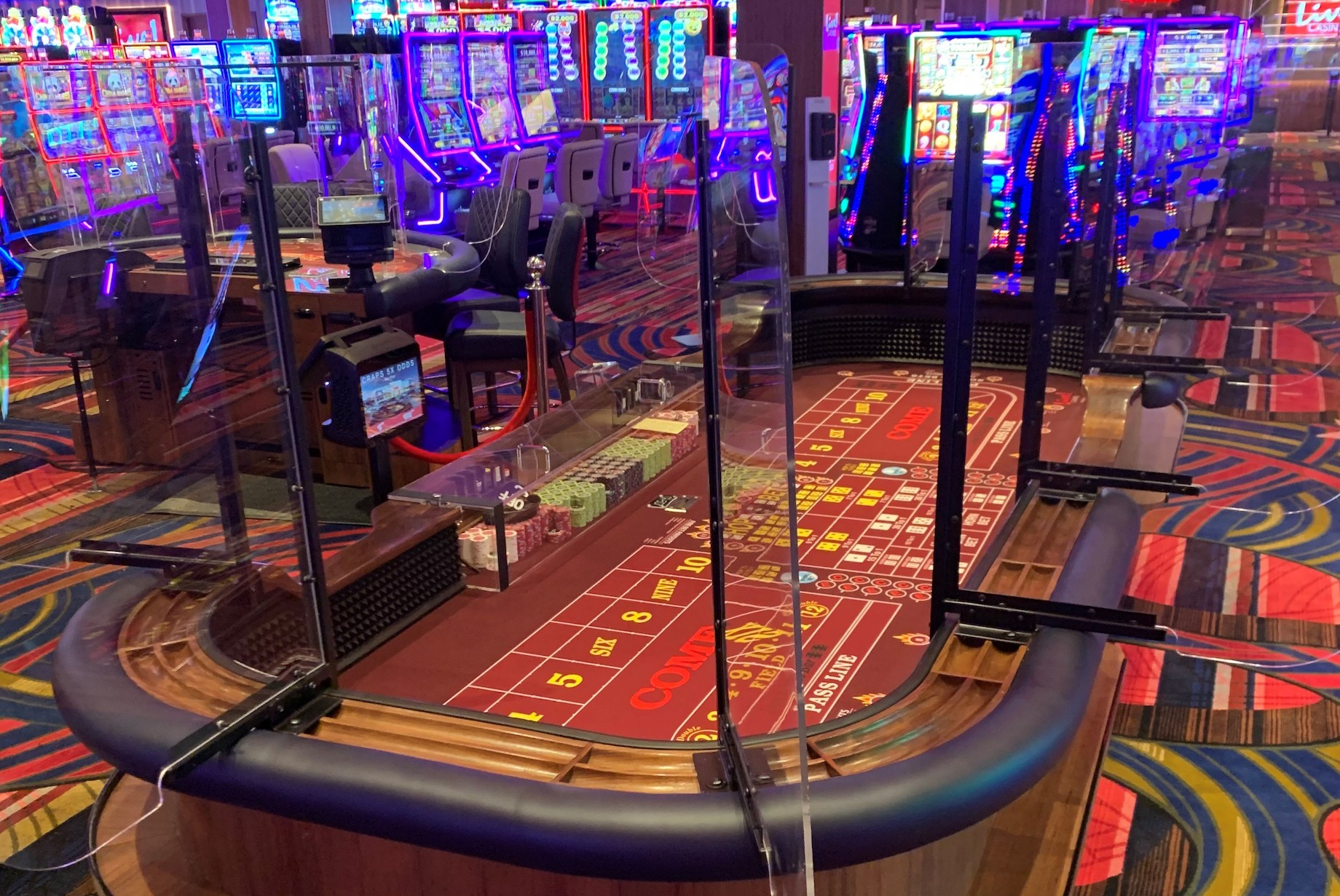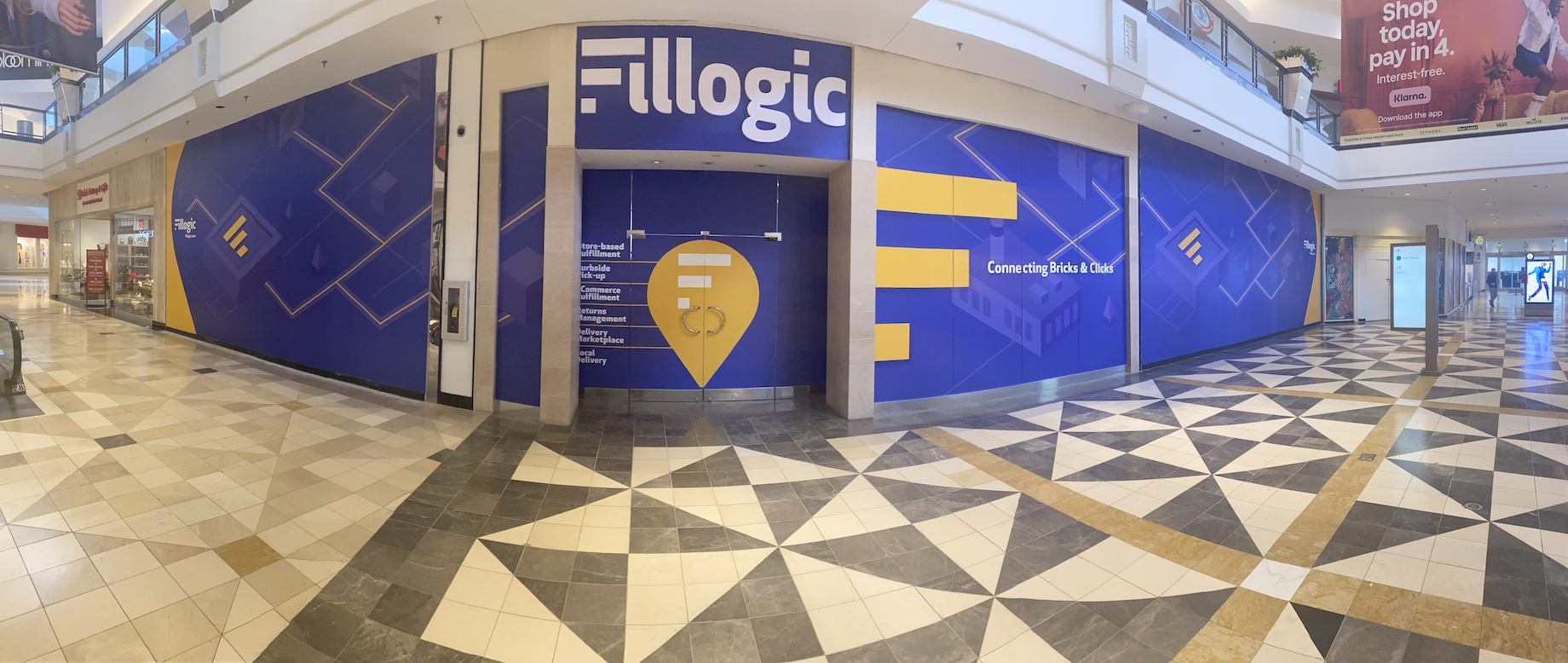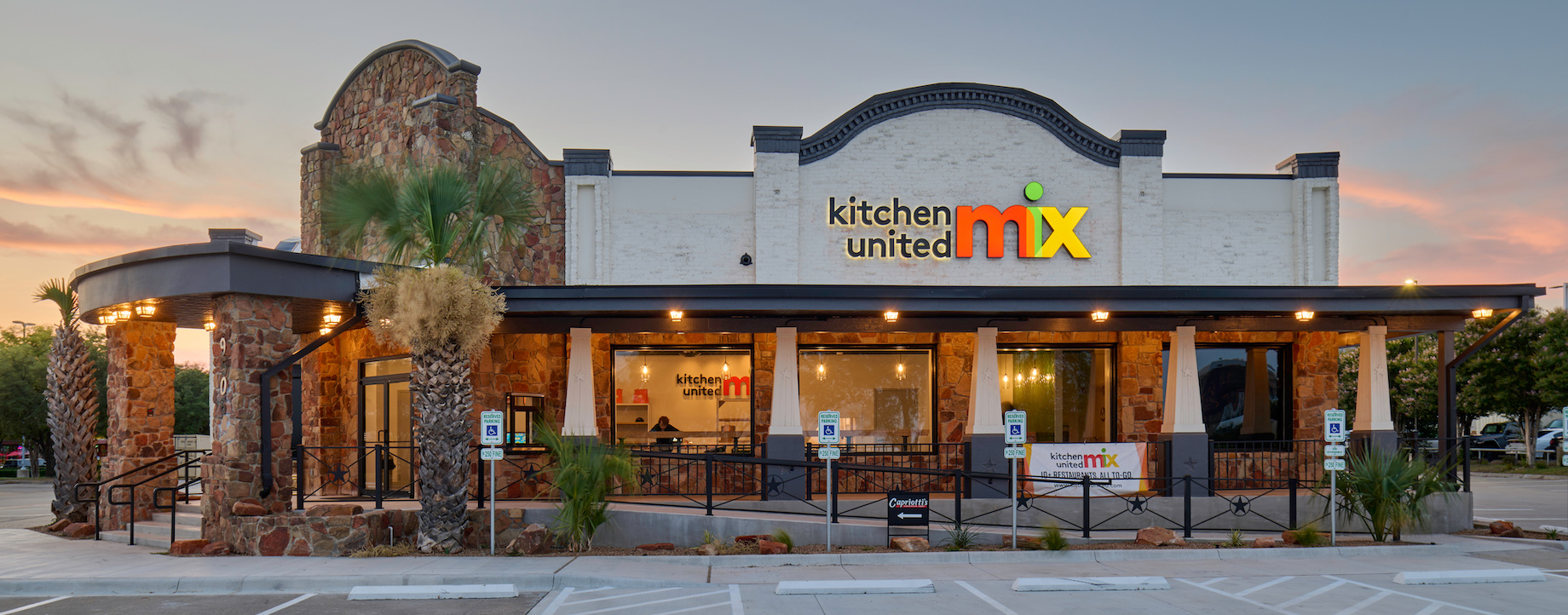Five years ago, beleaguered malls and shopping centers began adding restaurants and experiential retailers, along with alternative users like medical clinics and dentists, to boost traffic and thwart e-commerce’s encroachment. Since then, the transition only has accelerated and become more diverse.
Timberland, Patagonia, REI and other retailers are leveraging in-store environmental, social and governance messaging to build customer loyalty. Meanwhile, microfulfillment companies are building last-mile delivery ecosystems in shopping centers, and ghost kitchens are helping restaurants expand without the usual overhead. These innovations all pursue the same goal: to better serve consumers.
“Physical retail is not dead; it’s in transformation,” said Bill Thayer, co-founder and CEO of Fillogic, a logistics-as-a-service platform for retail. “We don’t know what it is transforming into, but a retailer’s brick-and-mortar growth and digital growth have to work together.”
Stephen Lebovitz, CEO of mall owner CBL, is surveying the landscape for alternative types of users after his company brought casinos to some properties and opened the first-of-its-kind Autism history museum at Meridian Mall near East Lansing, Michigan. CBL also has signed DoorDash’s DashMart to a lease at its Mid Rivers Mall in suburban St. Louis and is negotiating leases with the same tenant at additional properties. DoorDash describes the concept as a convenience store that delivers household essentials and restaurant food. “We’re always trying to bring in new types of uses to keep our properties fresh for our customers,” Lebovitz said. “I don’t see this transition reversing. If anything, it will expand.”

CBL has leased space in Michigan’s Meridian Mall to an Autism history museum …

… and to a casino in Westmoreland Mall outside Pittsburgh.
Fulfillment, Showrooms and Brand Incubation
Fillogic’s growth trajectory reflects that forward momentum. The company aims to simplify last-mile e-commerce fulfillment for retailers, shoppers and carriers by picking up and consolidating orders at stores and preparing them for shipping. It locates in nonretail space in malls and large open-air centers to serve those centers’ tenants, but it also caters to retailers in surrounding properties.
Fillogic launched in 2018 and is preparing to open its seventh spot. Its locations sit primarily along the coasts and in Texas, Thayer said. Mall partners include Simon, Brookfield Properties and Tanger Outlets. It’s targeting the top 30 metropolitan areas for expansion. The company also expects its footprint to grow from a little more than 48,000 square feet in 2021 to 257,000 by the end of this year.

A Fillogic hub in King of Prussia mall outside Philadelphia
Such fulfillment services also can help retailers deal with a rising numbers of returns. According to Fillogic, 21% of online sales were returned in 2021. That aligns with previous years, according to the National Retail Federation, but because e-commerce sales surged during the pandemic, that portion represented much larger volume. As a result, retailers are looking for more options, Thayer said. “Most retailer infrastructure was not built to handle all of that volume growth,” he added. “When retailers handle returns through us, we can use our existing infrastructure in the retail stores to either make the product available for sale as fast as possible digitally or reroute it to a store for resale.”
An increase in showroom space, from traditional retailers and direct-to-consumer brands, also is driving the need for fulfillment. Among the brands that have taken advantage of showrooms to increase sales and convenience are Nordstrom Local, apparel retailers Bonobos and Indochino, shoemaker Allbirds, and eyewear merchant Warby Parker.
At one time, these DTC users would have been considered ideal mall tenants, said Richard Rizika, a partner and co-founder of retail transaction and advisory platform Beta. But today, he sees an opportunity to fuel foot traffic by bundling these names in smaller open-air or mixed-use settings. “Today it’s more about creating synergy around a group of brand-relevant merchants that can leverage off of each other,” he said. “These retailers recognize that they can be in environments that appeal to their customers, and it may include cross-shopping opportunities with hospitality, residential or education, where a traditional anchor isn’t needed.”
RetailOs has a plan to tweak that concept. The upstart wants to place growing online retailers in traditional brick-and-mortar environments while providing them with onsite fulfillment and logistics, said founder Shlomo Chopp, who also is a managing partner in investment management firm Case Equity Partners. Fledgling retailers will staff a small brick-and-mortar store that acts as a showroom, and RetailOs’ backroom operation will fulfill e-commerce and buy-online-pick-up-in-store orders and handle returns. “It’s meant to be a place where people can learn about the product, see the product and walk out with the product instead of being in a situation where you have the extra friction of ordering online and waiting two days for it,” said Chopp, who was granted a patent for robotic fulfillment in a shopping center and has others pending. “The customer gets instant gratification, and the retailer gets a showroom-type of space that has a smaller expense.”
A deal to occupy space both in Fashion District Philadelphia and in a nearby suburban mall fell through because of COVID, so Chopp has reformulated his strategy. Instead of leasing shopping center space for RetailOS operations, he intends to place RetailOS in lifestyle shopping centers in which he has ownership interests. RetailOS has partnered with Poag Shopping Centers to acquire properties, but it has been difficult to price assets in the current climate. “We’re being very selective,” Chopp said. “There was a flurry of assets that came to the market last year, but it was very short lived.”
Kitchens
Just as e-commerce and simplified shopping experiences have driven showroom and microfulfillment, two other trends have fueled ghost kitchens: food halls and social distancing restrictions that sparked off-premises dining.
CloudKitchens, Kitchen United and other ghost kitchens provide back-of-house tasks for restaurant operators, including cleaning, receiving morning food shipments from distributors and running food from the kitchen to the front of the house. In the front of the house, these operators hand orders to carry-out customers and to delivery drivers and resolve customers complaints. That helps restaurants serve broader bases with slim staffs of their own. “Ghost kitchens are a way of reducing friction in the food delivery sector,” said Greensfelder Real Estate Strategy managing principal and founder David Greensfelder. “Whether it’s a local Thai place or a chain like California Pizza Kitchen, the conventional restaurant kitchen might not be geared for a big delivery production, but if you can move it to a site that is, you end up having a more efficient production and delivery model.”

This Kitchen United Mix ghost kitchen in Frisco, Texas, advertises "10+ restaurants all to go."
Kitchen United has opened 20 locations since launching five years ago and operates in four styles of venues, said chief business officer Atul Sood. At its traditional concept, which occupies as much as 10,000 square feet of retail-oriented space, consumers and nearby businesses can order from between 10 and 14 restaurants for delivery or pickup. And Kitchen United has incorporated delivery and carry-out options for restaurants in malls like Simon’s Del Amo Fashion Center in Southern California and Westfield Valley Fair in Silicon Valley. The company also has opened two grocery store kitchens in partnership with Kroger and plans to open more. Additionally, it operates food halls.
In July, Kitchen United raised $100 million in Series C funding from an investment group that included Kroger, Burger King parent Restaurant Brands International, RXR, Simon, DivcoWest and Peyton Manning, according to Crunchbase. That brought its funding to $150 million and should finance growth. Until now, the company has moderated its growth to ensure the model worked, Sood said. At the same time, ghost kitchens had been a tough sell to investors. “People were a little hesitant to invest in multiple kitchens that weren’t going to have a dining space,” Sood said, “but over the last few years, the situation has reversed to where property owners are starting to come to us to request that we open in their facilities as an amenity to the neighborhood.”
What’s the Next Innovation?
What the broader retail landscape will look like in five years is anybody’s guess. These and other concepts emerged and grew amid tumultuous times that do not appear to be ending anytime soon. Economic signals like negative GDP reports and an inverted yield curve suggest recession, even though job and wage growth remain strong.
Inflation may make it difficult for niches like personalized shopping to expand because people whose disposable income is declining tend to manage expenses more than spend on customized services, Rizika said. Still, troubled or even just confused economies can fuel fresh and compelling ideas. “Throughout my career, every time we’ve had a recession, it has been a period of innovation because consumer behaviors change,” he added. “It’s in those times that retailers start to think outside the box.”
By Joe Gose
Contributor, Commerce + Communities Today